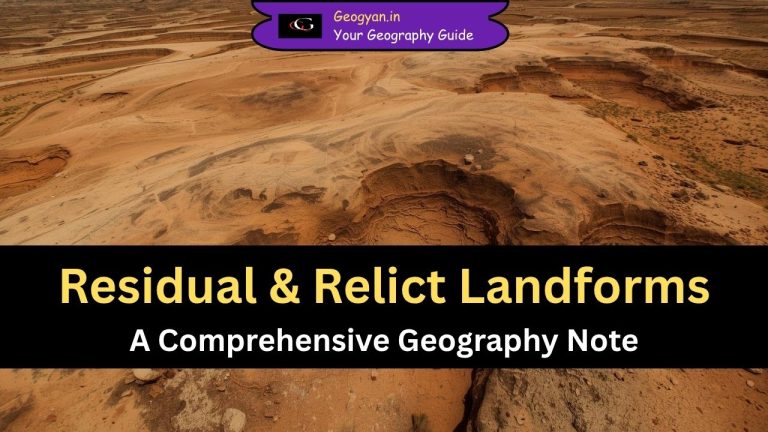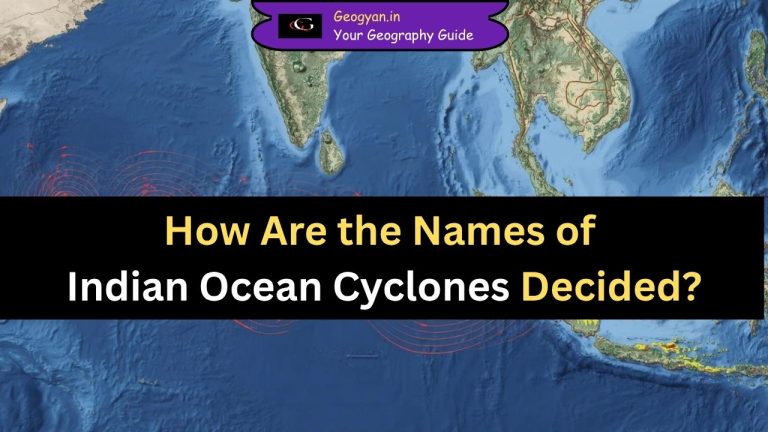Table of contents
India is situated between the Himalayan Mountains and the Indian Ocean, therefor it has both terrestrial as well as water frontiers.
Land or Terrestrial boundary
The terrestrial boundary of India is about 15,106 km long. It is bounded by Pakistan and Afghanistan in the northwest, China, Nepal, and Bhutan in the north, and Myanmar & Bangladesh in the east.
Indian Border Map
Northern Border of India
The northern border of India are determined by the world’s highest mountain range, the Himalayas Mountains. The Himalayas form the long boundary between India and China. Ladakh (Union Territory) and four states named Himachal Pradesh, Uttarakhand, Sikkim, and Arunachal Pradesh share their borders with China.
Nepal also shares borders with five states of India. These states are – Uttar Pradesh, Uttarakhand, Bihar, West Bengal, and Sikkim. To the east of Bhutan, the Mc Mahon Line forms the Crest Line of the Himalayas. This line acts as the boundary line between China and India.
India-Pakistan Border
The border between India and Pakistan is precarious and man-made and is the result of the process of partition of the subcontinent under the Radcliffe Award (1947). Due to this, the political relations between the two countries remain tense. At the time of the partition of India in 1947, this boundary determined by Radcliffe, due to which it is also known as Radcliffe Boundary.
The boundary passes through areas with different geographical features. Starting from the ‘Run of Kutch’, in Gujarat the boundary line passes through the sandy deserts of Rajasthan, the fertile plains of Punjab, the hills and mountains of Jammu and Kashmir, and the high mountain ranges of the Himalayas and the Karakoram range. Thus, three states of India, (Gujarat, Rajasthan, Punjab) and two Union Territory (Jammu & Kashmir and Ladakh) touch the border of Pakistan.
Indian Border Map
India – Nepal Border
India’s border with Nepal is 1752 km. long and five states of India (Uttarakhand, Uttar Pradesh, Bihar, West Bengal, and Sikkim) touch this border. The India -Nepal border is parallel to the foothills of the Shivalik range in the west-east direction. An agreement between India and Nepal signed in 1814-15 and approved in March 1916. Under this agreement, the Himalayan districts- Nainital, Almora, Garhwal, Dehradun, and Shimla were occupied by the Britishers themselves, and the eastern region was given to Sikkim. The present India -Nepal border determined in 1858.
The British India-Nepal border on both side with a strip of width 10 yards kept as a protected area. The boundary of British India and Nepal determined on the principle given in the resolution of June 1882. The present India-Nepal border is a peaceful area and there is no dispute regarding the boundary between the two countries.
The Indo-Bhutan Border
Since 1775, there were clashes on the border between the British and the Bhutanese. This border is the result of this long history of India-Bhutan border skirmishes. In 1865 an agreement signed between Bhutan and Britain at Santula. The British government took over the areas of Bhutan near the border of Bengal, Cooch Behar, and Assam. Instead of this, financial assistance of Rs 50,000 per year fixed by the British government to Bhutan and increased to one lakh rupees in June 1911.
India’s friendly relations with Bhutan are based on the 1949 agreement, which ensures continued peace and friendship between the two countries. Through this agreement, India has the right to protect the sovereignty and borders of Bhutan. Units of the Indian Army permanently posted near the Bhutan-Tibet border.
Indian Border Map
The India-Myanmar border
The India and Myanmar border is 1458 km. long. The border starts in the north from the point where the borders of India, China, and Myanmar meet and extends to the southern end of Mizoram. The range passes through densely forested area along the borders of Mizoram, Manipur, Nagaland, and Arunachal Pradesh from south to north known as Purvanchal hills.
From north to south these hills named as Mishmi, Patkai, Naga, Barail, and Mizo respectively. The Mizo hills join the Arakan Yoma ranges in the south. This range (Arakan Yoma) forms the long boundary line between India and Myanmar. Four states of India Arunachal Pradesh, Nagaland, Manipur, and Mizoram touch the Myanmar border.
. The boundary determined on a bilateral agreement signed on 10 March 1967. Some problems have arisen regarding the Diphu Pass, meeting center of the borders of India, Myanmar, and China. India claims that the Diphu Pass is not the meeting center of the borders of the three countries, but this place is a few kilometers away towards the south. The main problems are insurgency and smuggling trade near the Indo-Myanmar border.
With the support of communists in Myanmar, the Karnes, Kachins, and Shans come out in revolt, and they are demanding independence from Myanmar. Similarly, in this border area, Naga is on the side of India. Mizo etc. are getting support and help from the communists of China and Myanmar. Drug smuggling trade is also going on fast in this border area. Barring a few incidents, the Indo-Myanmar border is a peaceful area.
India-Bangladesh Border
Bangladesh touches borders of the northeastern states of India – Assam, Meghalaya, Tripura and Mizoram, and West Bengal. The border between India and Bangladesh divides the Ganges-Brahmaputra delta. It is a completely man-made boundary line in a flat deltaic plain. The border between the state of Bangladesh and Tripura called as the Zero Line.
India-Afghanistan Border
Afghanistan shares the smallest border with India with a length of 106 km. Ladakh is the only UT/State that touches the boundary of Afghanistan. The border between India and Afghanistan demarcated by Sir Mortimer Durand and recognized as Durand Line in the year 1896. The border separated Afghanistan and British India. After the partition in 1947, Pakistan inherited this line. However, a short segment of the Afghanistan border shared with the Indian UTs of Ladakh.
Indian Border Map
Water Frontier
The coastline of the mainland of India is about 6,100 km long. If the coastline of its islands also includes, then its length is 7,516.6 km. No other country has such a long coastline along the Indian Ocean. On this basis, it is fair to say that the Indian Ocean is the Indian Ocean.
Length of Indian Border with adjacent Countries
Things to be Remember
Table: Indian Border Name
| Country/State | Border Name |
|---|---|
| India and China | Mc Mahon Line (to the east of Bhutan) |
| India and Pakistan | Redcliffe |
| Bangladesh and Tripura | Zero Line |
| India and Afghanistan | Durand Line |
| Bangladesh and West Bengal (India ) | Teen Bigha Corridor |
You May Also Like





































